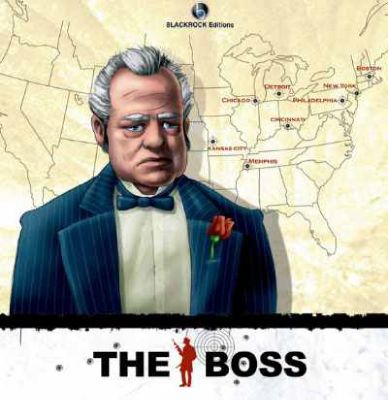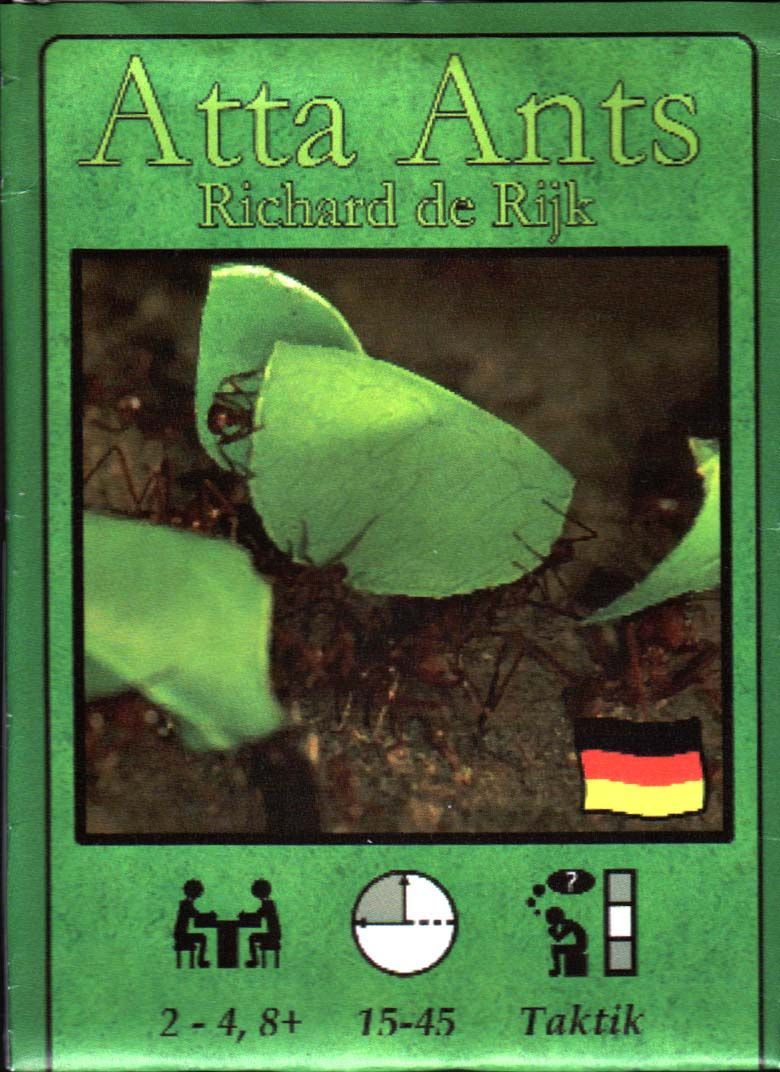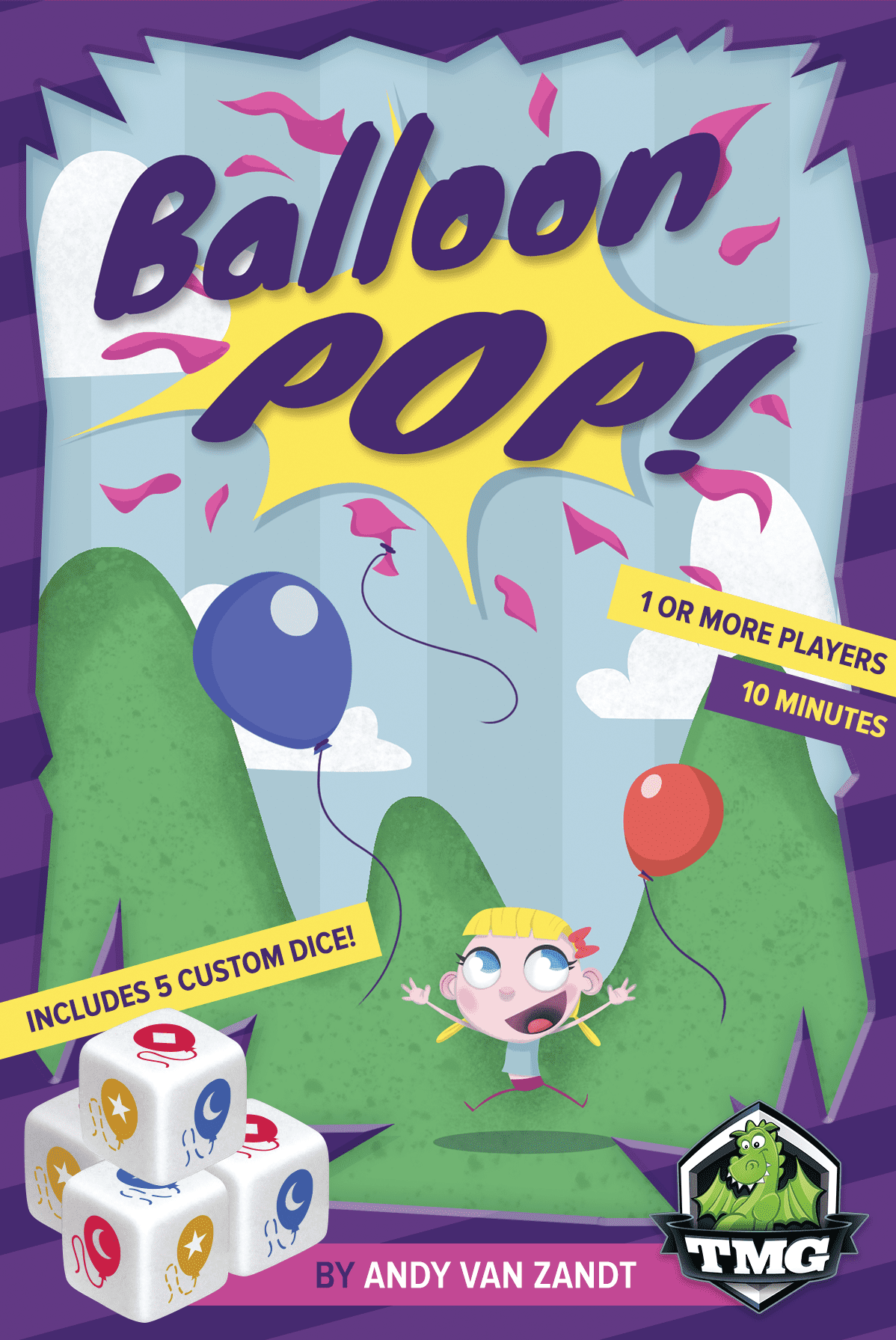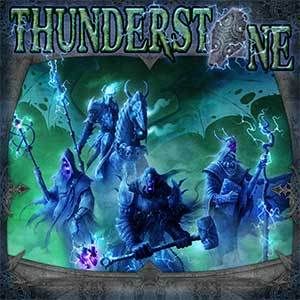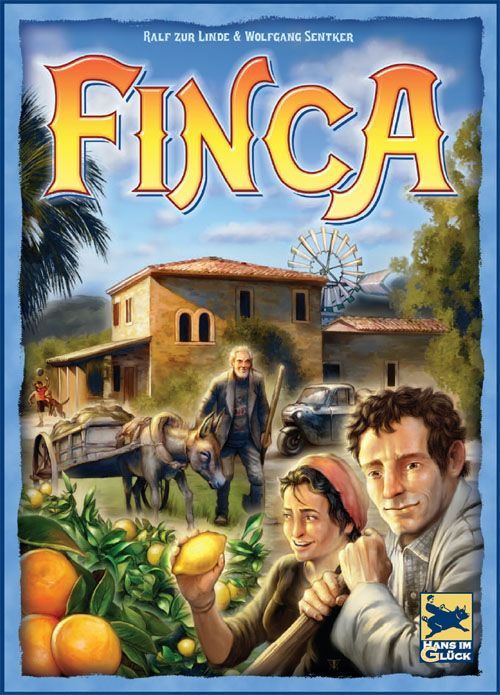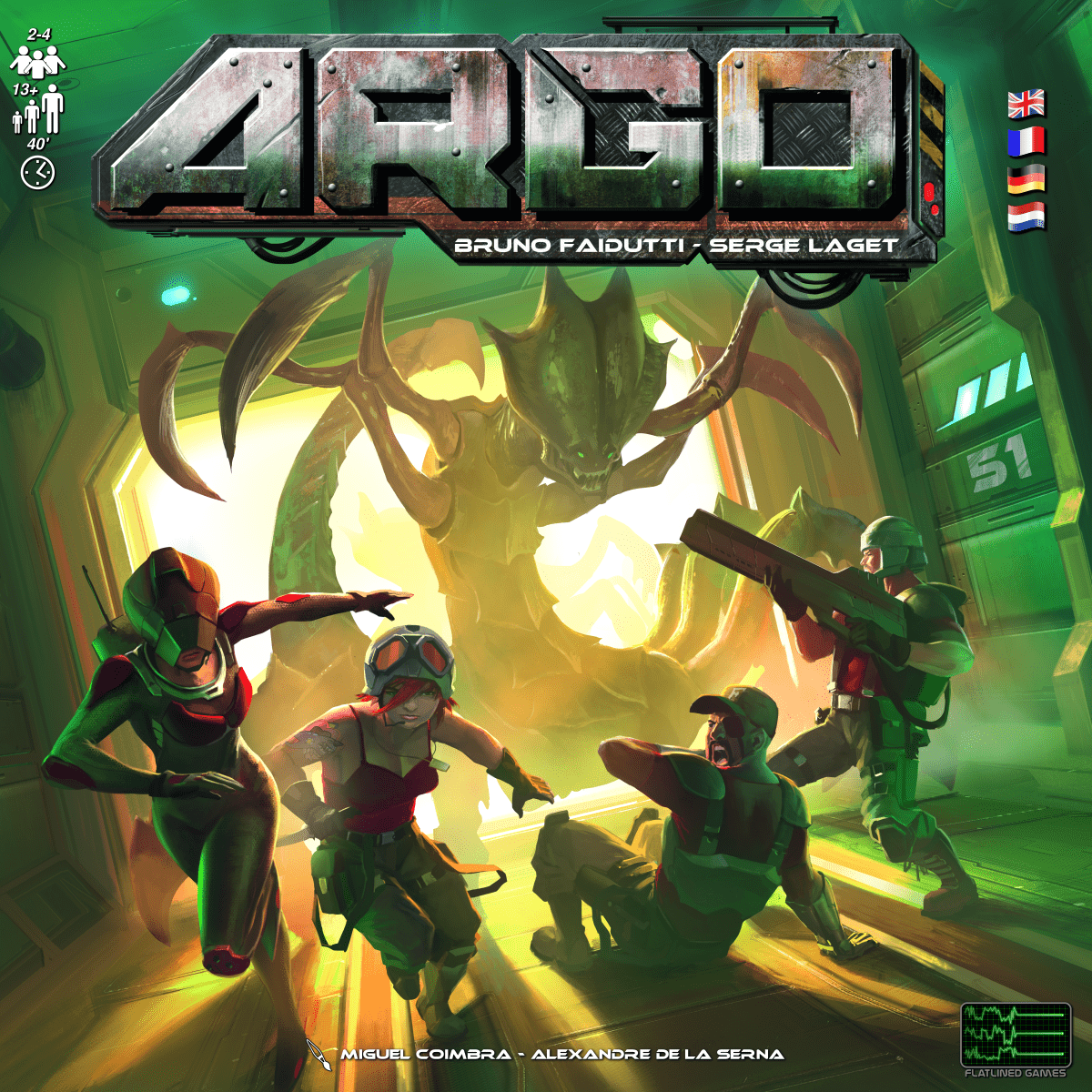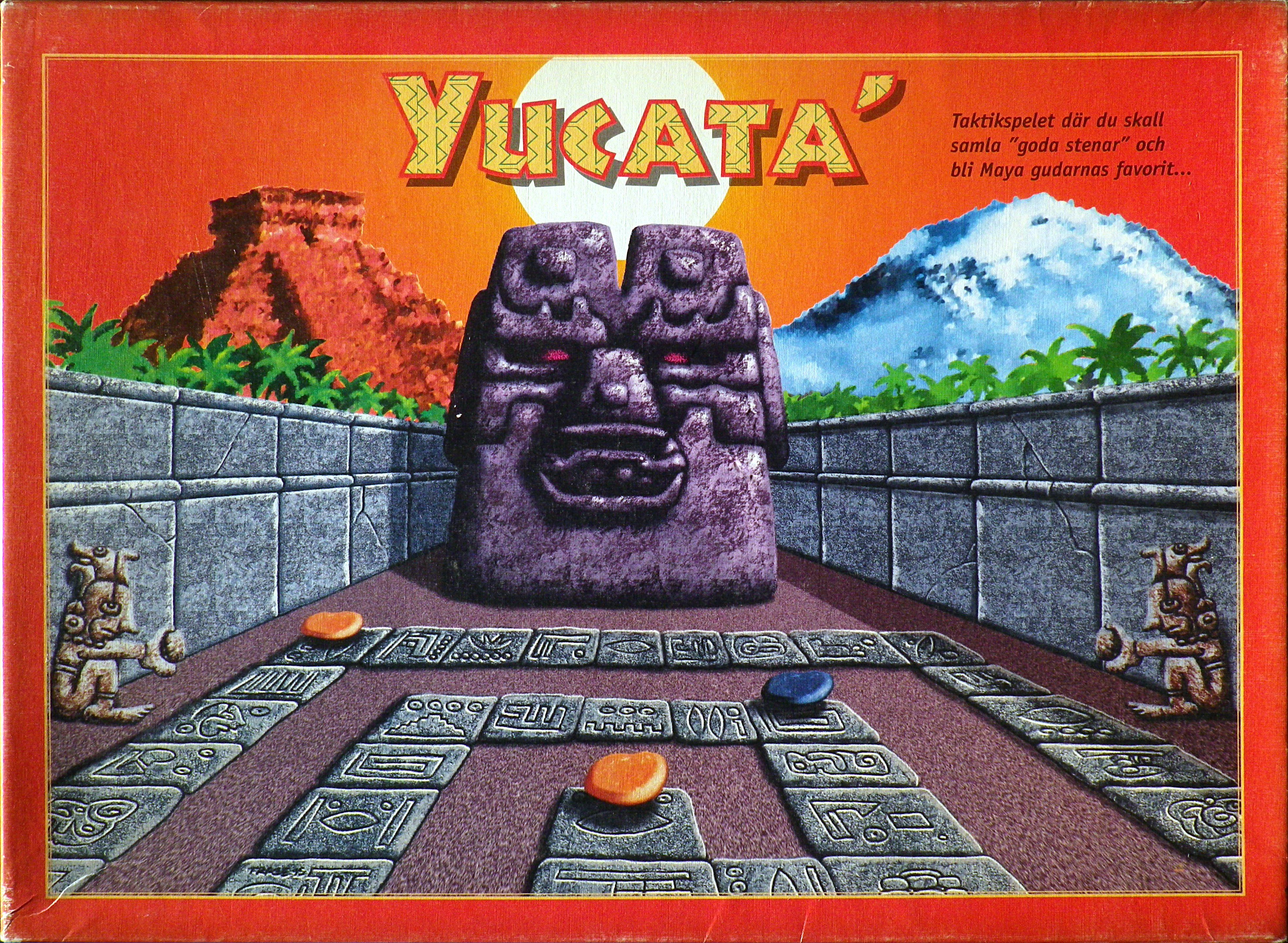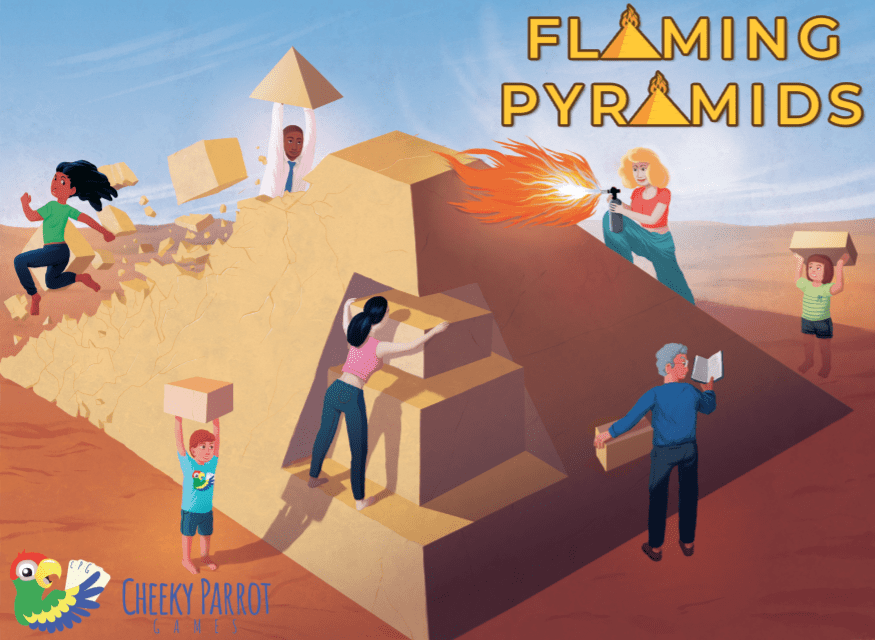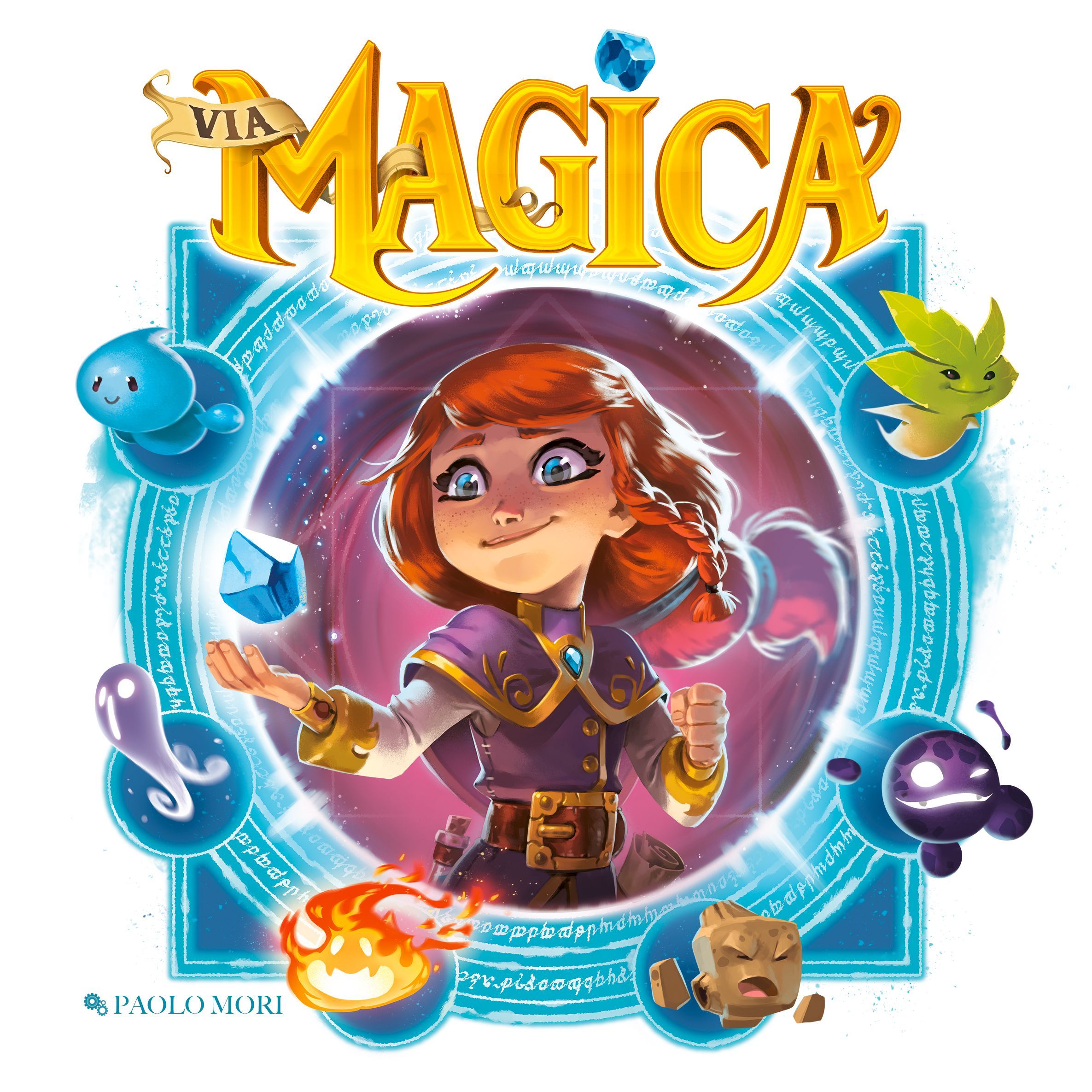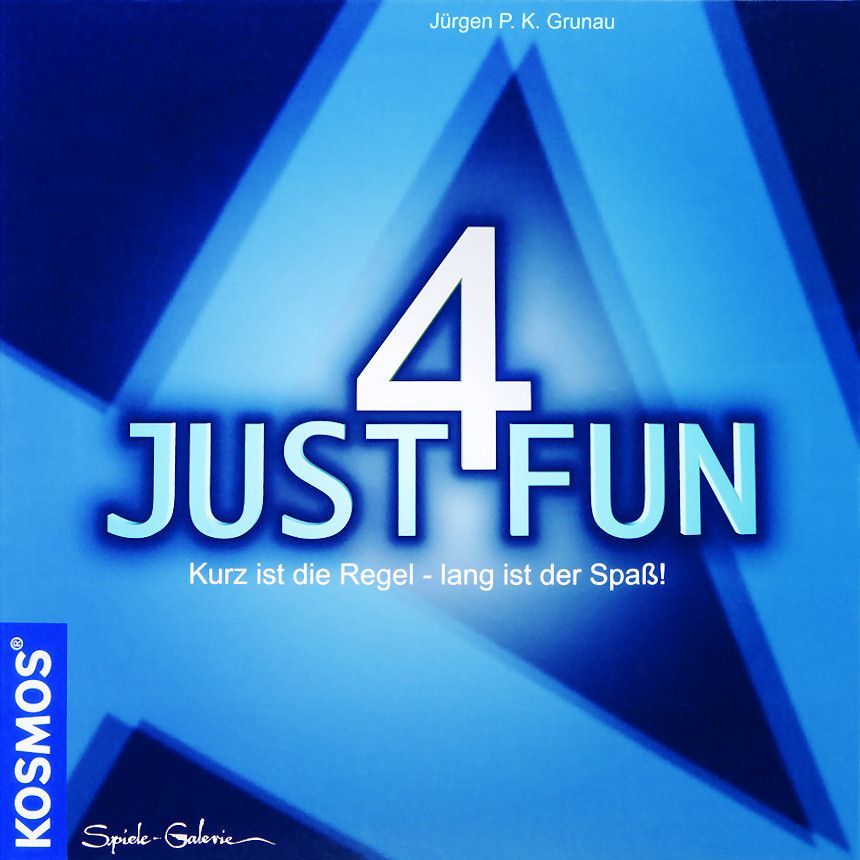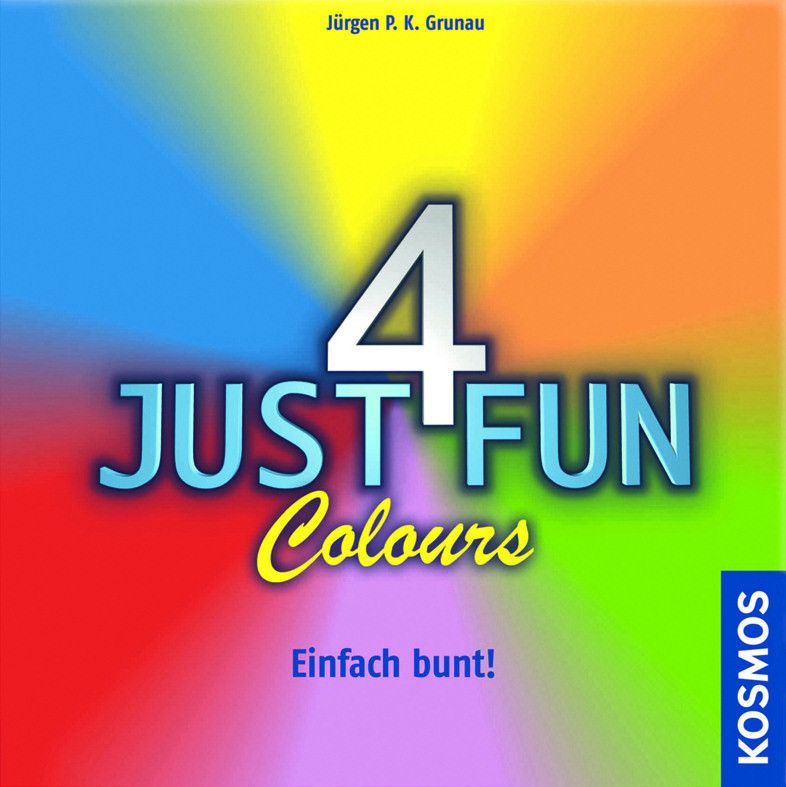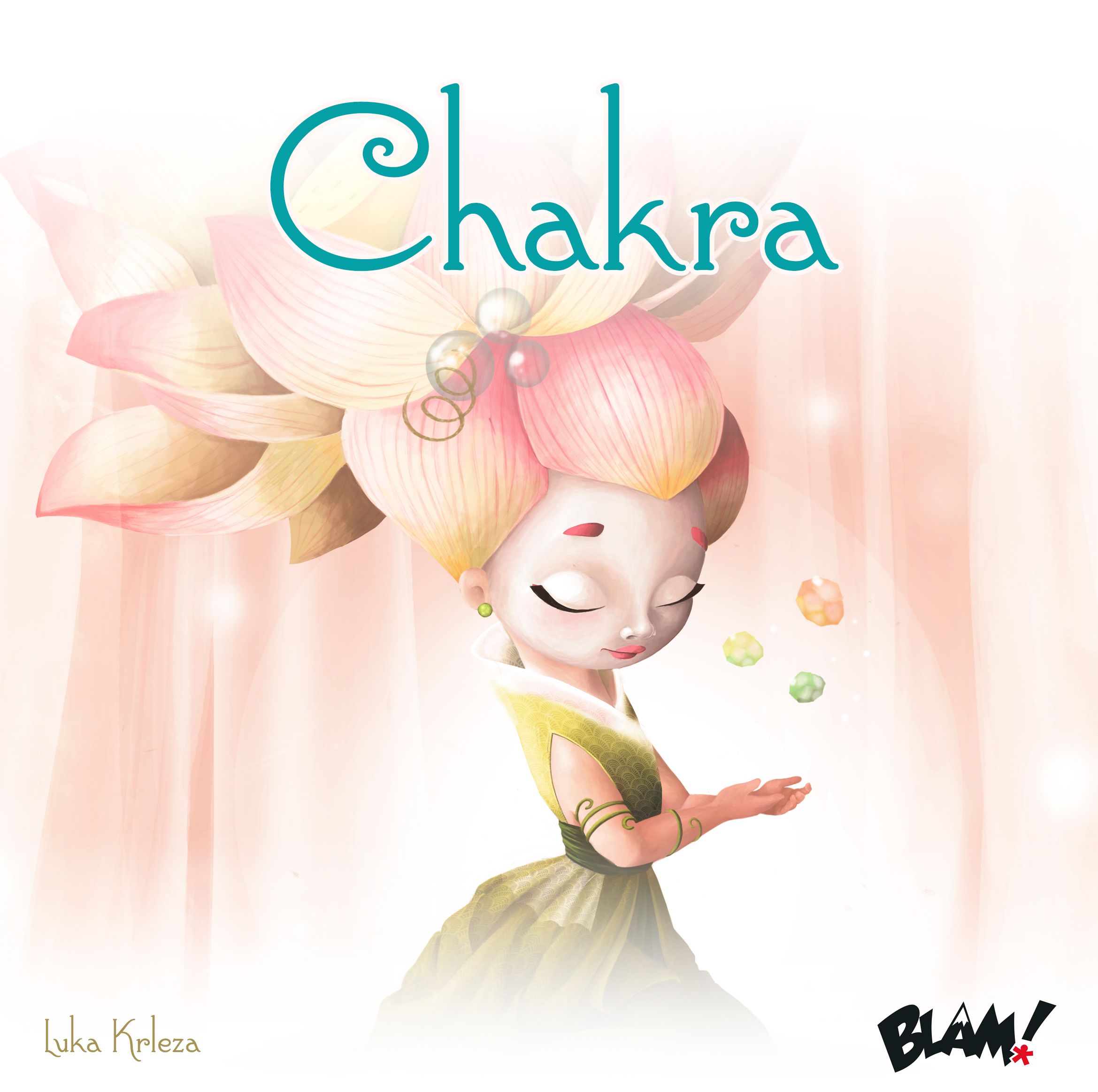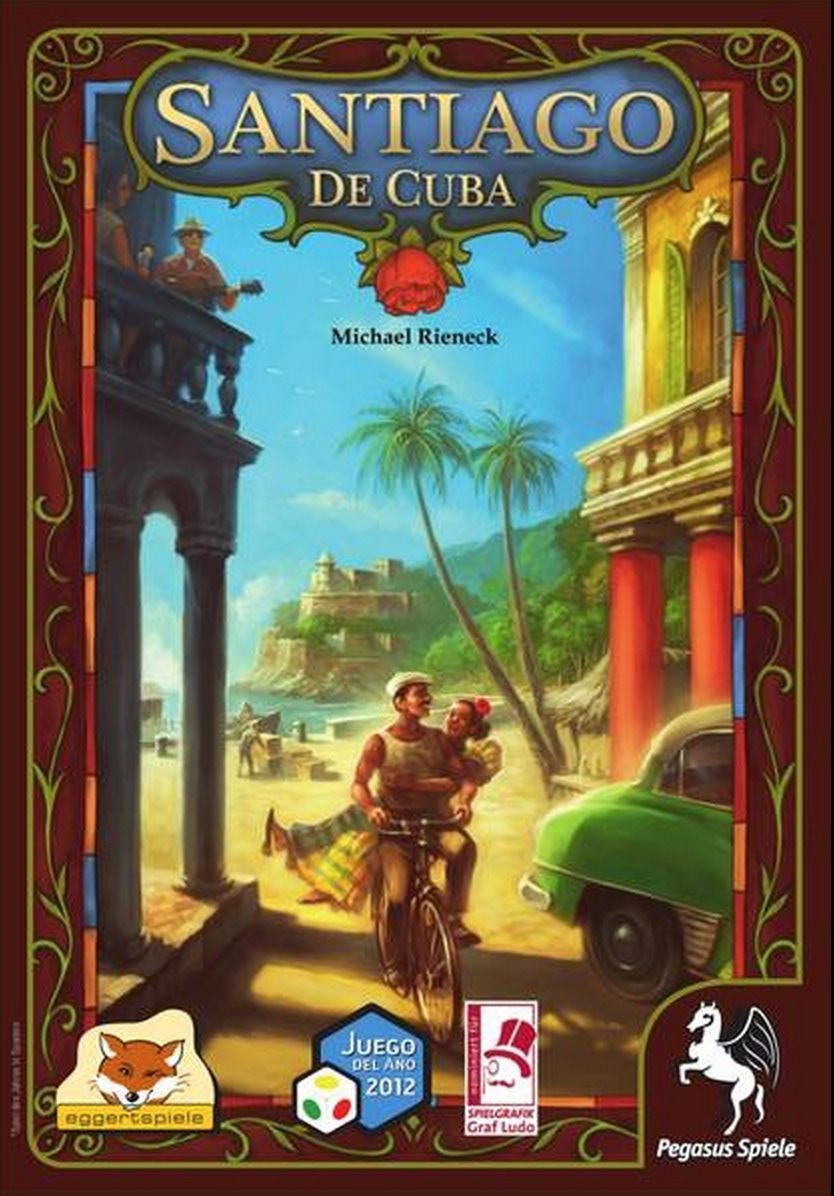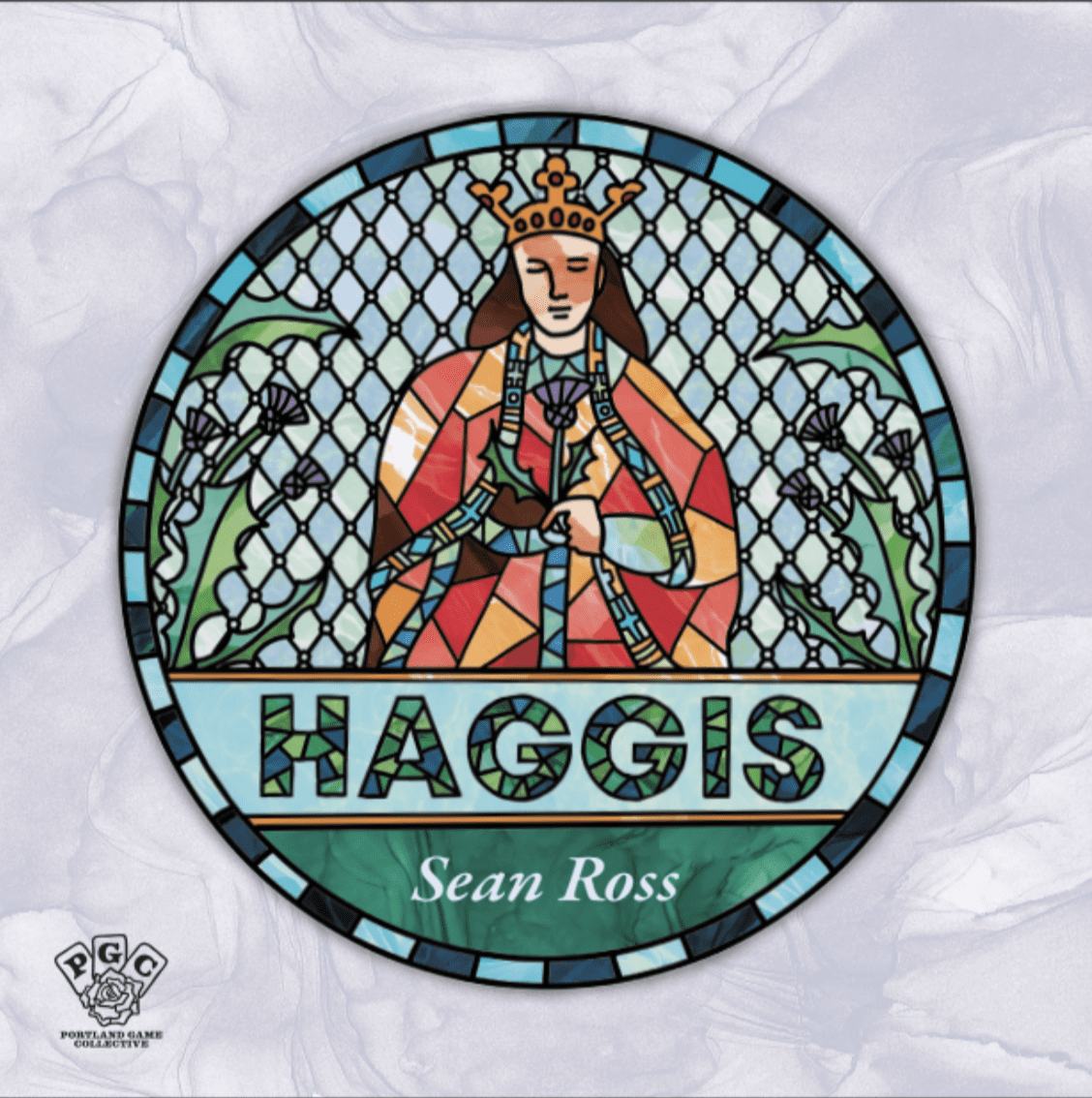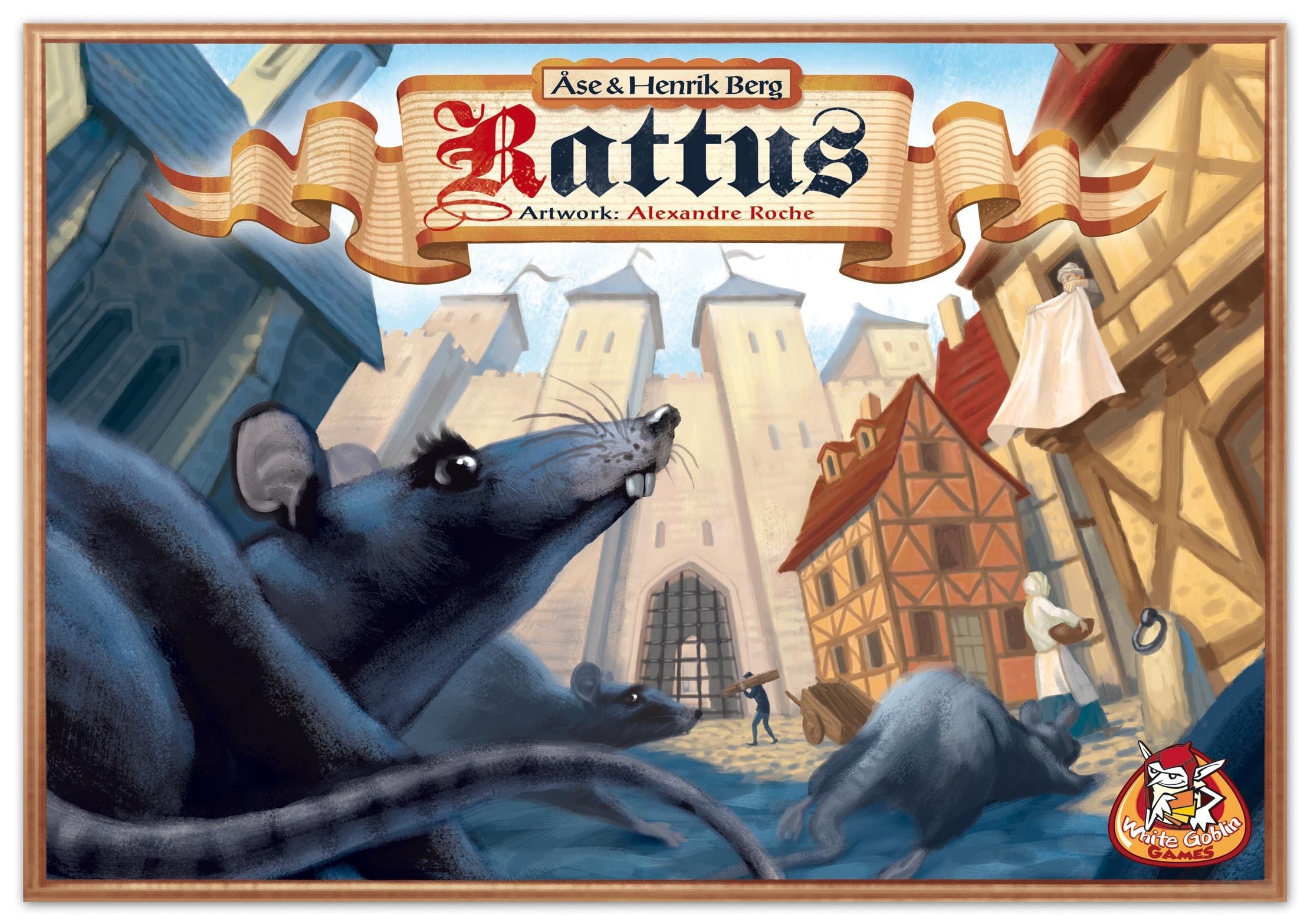The Boss [Game] BGG
other title:
Босс
/
黑幫老大
genre:
Card Game
/
Mafia
platform:
Boardgame
publisher:
Blackrock Games
/
ABBA Games
…
With each card played, you gain more information about the loot — or sanctions — that may be yours for the taking in different American cities. Basing upon this information, you send out the members of your gang to those cities: some are pros, some are wannabes.
Whoever has the most gang members in a city cashes the loot or undergoes the sanction. When going to Chicago, you have no choice but to split your takings with the boss himself: Al Capone. The further the game progresses, the higher the stakes are getting, especially in Chicago.
The Boss is essentially a card game (with a small game board for keeping scores) of deduction, bluffing, and a lot of backstabbing.
Whoever has the most gang members in a city cashes the loot or undergoes the sanction. When going to Chicago, you have no choice but to split your takings with the boss himself: Al Capone. The further the game progresses, the higher the stakes are getting, especially in Chicago.
The Boss is essentially a card game (with a small game board for keeping scores) of deduction, bluffing, and a lot of backstabbing.
